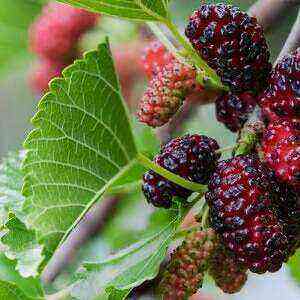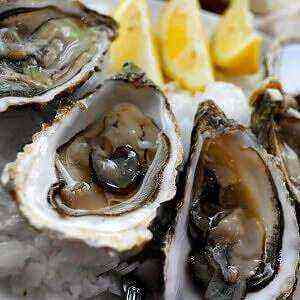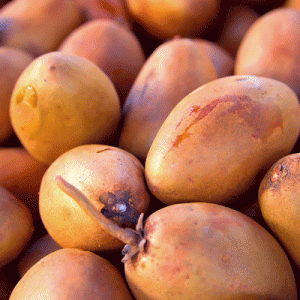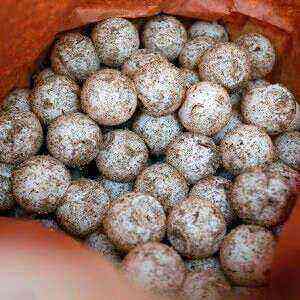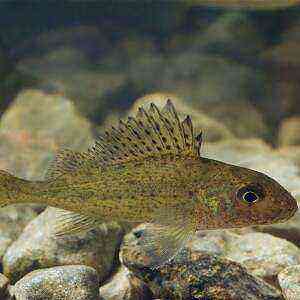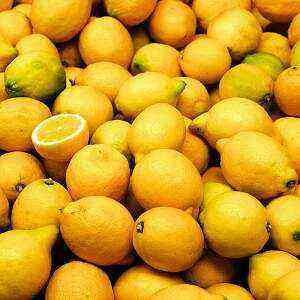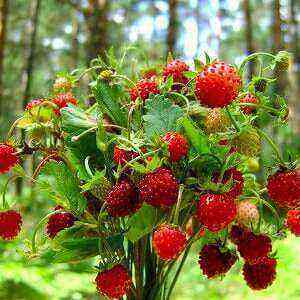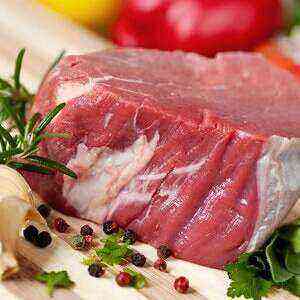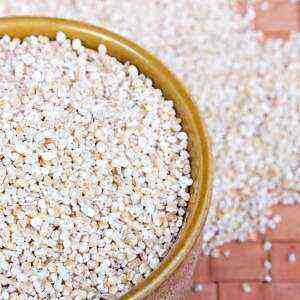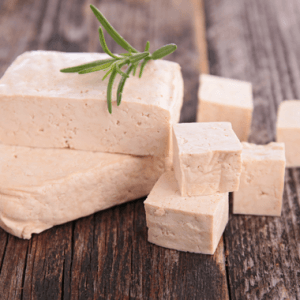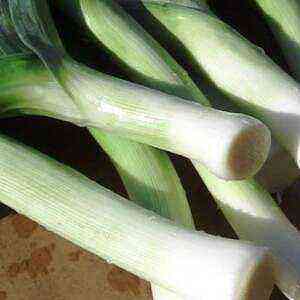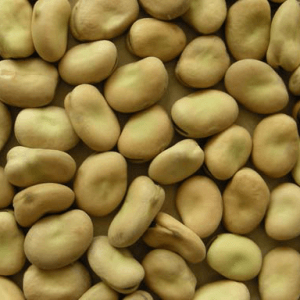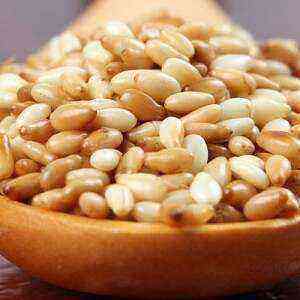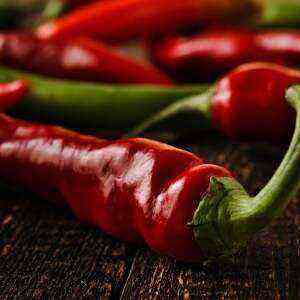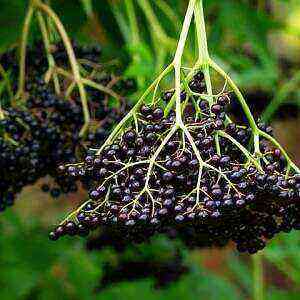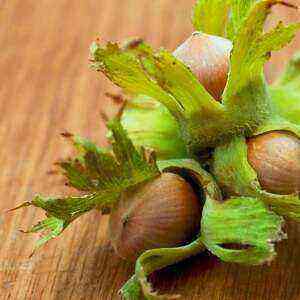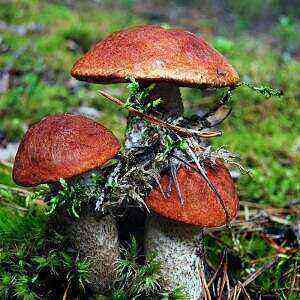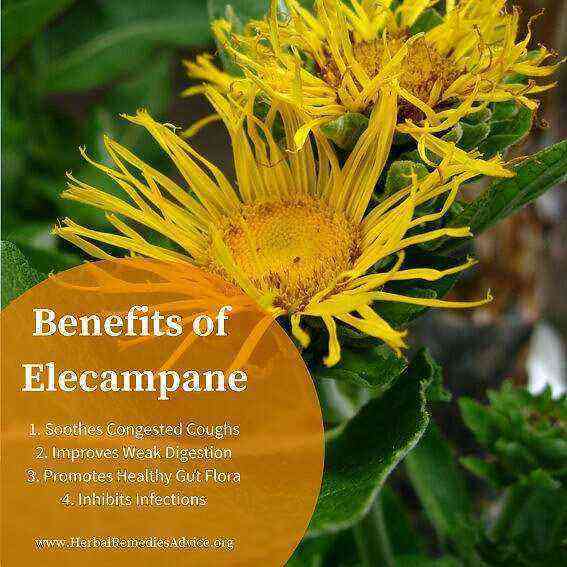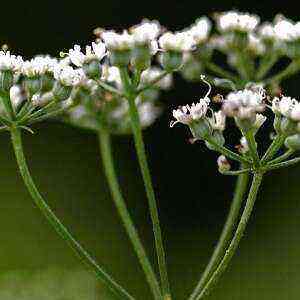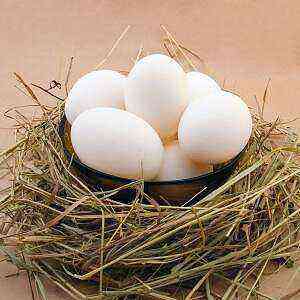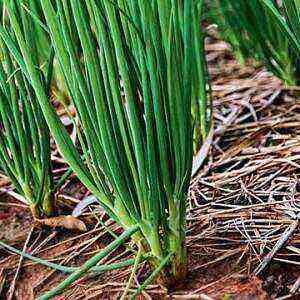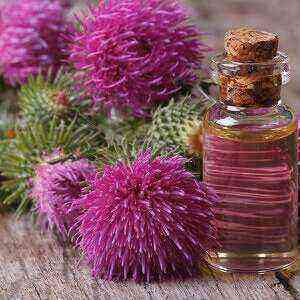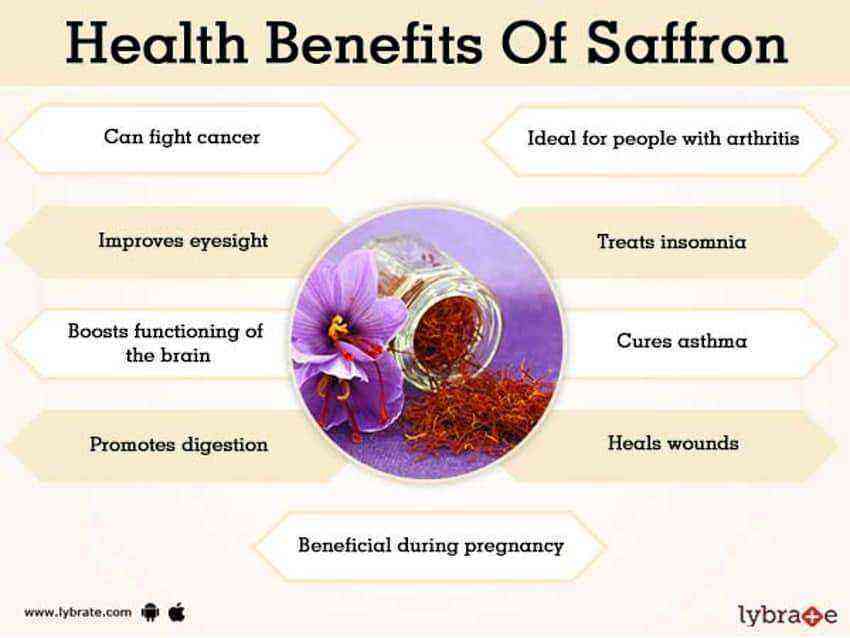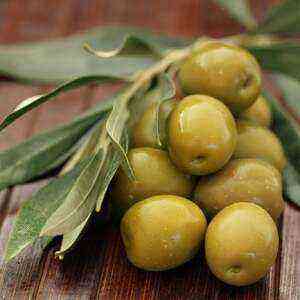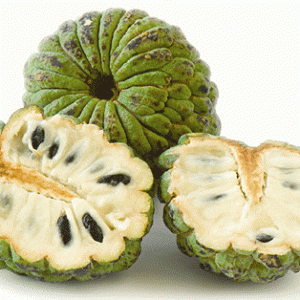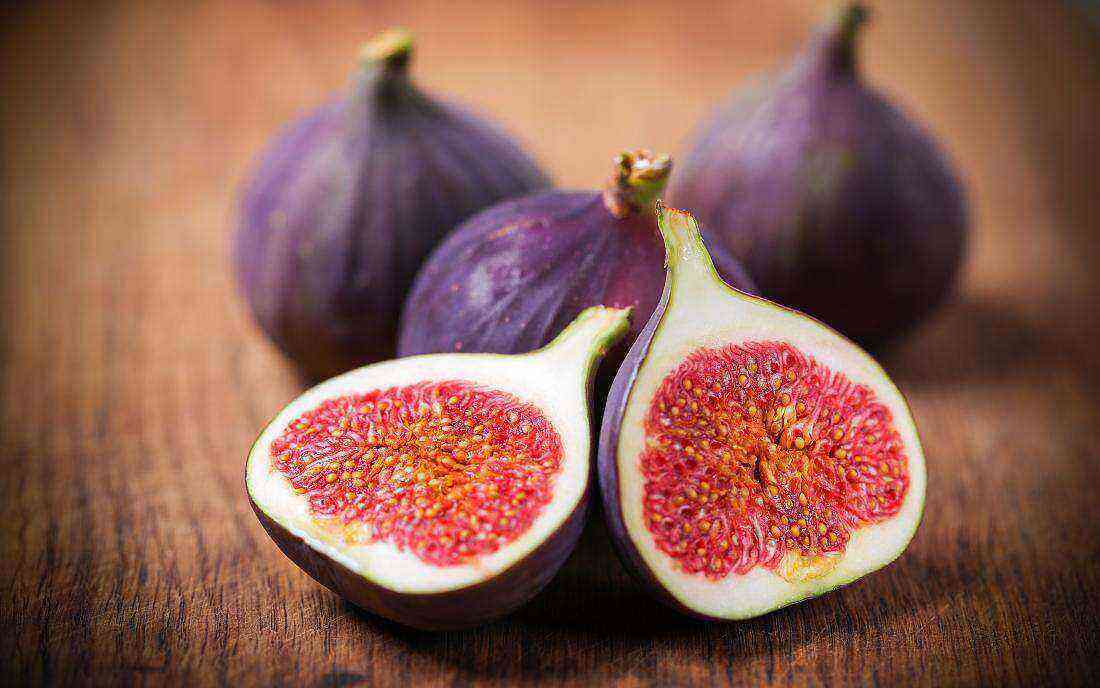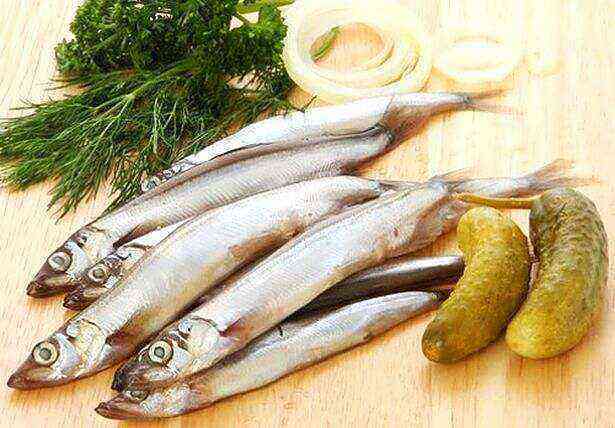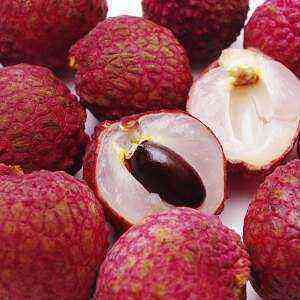
“Overseas berries” are extremely beneficial to the human body because they contain a wide range of essential substances. The dragon eye normalizes metabolic processes, stimulates the production of gastric juice, fights atherosclerosis, and exhibits tonic properties. Fresh juice gives courage, returns lost strength, fills with energy. It is believed that lychee is a natural aphrodisiac, which has a beneficial effect on the human hormone system. In India, Chinese plum berries are called the fruits of love and were used in ancient times as a love potion that enhances sexual desire.
Chemical composition
Lychee – a record among fruits in the content of vitamin C and potassium.
Outside, the fruit is covered with a red inedible tuberous crust, under which a jelly-like pulp (white color) “hides”. In the “heart” of the berry is a large bone, which is applicable in medicine for the treatment of neurological and digestive disorders. Due to the unusual combination of light pulp and dark seed, the plant is called the “dragon’s eye”. Lychee fruits have a sweet and sour, slightly astringent taste, reminiscent of a mixture of grapes, citrus and mint.
Interestingly, in ancient times, the Chinese plum was considered the fruit of rich, noble people. The poor were engaged in collecting and transporting the harvest, and the slightest sample of the fruit was the death penalty for them.
Table № 1 “Chemical composition of litchi”
Nutrient Name
Content of substances in 100 grams of exotic fruit, milligrams
Vitamins
Vitamin C 39,2 Vitamin B4 7,1 Vitamin B3 (PP) 0,6 Vitamin E 0,5 Vitamin B5 0,25 Vitamin B1 0,05 Vitamin B2 0,05 Vitamin B9 0,025 Vitamin K 0,01 Vitamin B6 0,01, 7 Vitamin H (B0,0005) XNUMX
Macronutrients
Калий
180
Фосфор
33
Магний
10
Кальций
9
Натрий
3
Хлор
3
Сера
0,019
Trace Elements
Железо
0,35
Медь
0,14
Цинк
0,07
Марганец
0,055
Фтор
0,01
Йод
0,0016
Селен
0,0006
100 grams of Lychee pulp contains 66 kilocalories. The energy ratio of B: W: Y is equal to 5%: 6%: 92%.
Interestingly, in China, “evoking love and invigorating soul” wine, soda, syrup, juice, liqueur are made from the fruit of the fruit. Litchi is used to make salads, fillings for pies, sweet and sour sauce for fish, meat dishes.
The subtleties of the selection of exotic fruits
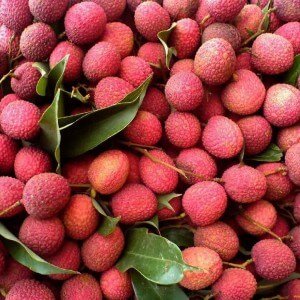
Criteria for choosing litchi:
- The color and structure of the rind. The color of the fresh ripe fruit varies from bright pink to scarlet. To the touch such fruits are soft, but elastic. Their skin is homogeneous without damage, patches and stains.
The “softened” brown skin indicates that the product has deteriorated and is unfit for consumption. Light pink shade of the fruit indicates that the fruit is torn green and is at the stage of “ripening”.
- Place of attachment of the stem to the fruit. Fresh fruits are always sold together “with a branch.” The peel of such fruits (around the “attachment” points) is uniform, without traces of mold, cracks and stains.
- Shake sound. When rapping a ripe litchi, a characteristic hollow ringing is heard. If a fruit doesn’t make a sound when it is shaken, then rotten processes are developing inside.
- Aroma. Fresh litchi fruits exude an unobtrusive floral scent with a light “train” of tea rose. An abnormally ripe or overripe fruit has a sharp cloying odor, while the rotten fruit has mildew notes.
- Sizes. The diameter of a tropical berry varies between 2,5 – 4 centimeters. Too large fruit sizes signal the feeding of fruit with chemicals.
Remember, 70% of the fruit of the litchi is ripped off for export while still green (to increase the shelf life).
During transportation, they “ripen”, acquiring a pale pink color and a heavy sugary smell. Considering that unripe lychees contain on 50% less nutrients than ripened ones, it is better to buy “overseas product” during the mass fruiting season (in early autumn).
Exotic fruits are consumed not only fresh, they can be dried (peeled), frozen and canned (peeled).
Healing properties and contraindications
The usefulness of a tropical fruit is due to its rich ingredient composition (proteins, pectins, vitamins, macro- and microelements).
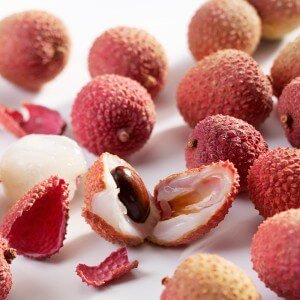
- stabilizes blood sugar levels;
- strengthens the heart muscle, normalizes the heart rhythm, reduces the risk of strokes and heart attacks;
- neutralizes the effect of free radicals, slows the development of malignant neoplasms (together with lemongrass);
- enhances male potency, libido in women (as an aphrodisiac);
- strengthens the walls of blood vessels, dissolves harmful cholesterol, prevents the development of thrombosis;
- increases vitality;
- improves digestion, stimulates intestinal motility (crushed seeds);
- strengthens the immune system;
- reduces excessive appetite, quenches thirst, speeds up metabolism;
- increases the concentration of hemoglobin in the blood;
- improves the functional state of the liver;
- removes excess fluid from the body;
- relieves pain in neuralgia (seeds);
- increases lactation (due to the expansion of the lumen of blood vessels);
- increases blood circulation in the brain;
- reduces anxiety.
The daily norm of litchi for adults – 150 – 200 grams (not fasting), for children – 100 grams. Acceptance of exotic fruits begin with small portions (20 – 40 grams per day), controlling the condition of the skin. Uncontrolled use of Chinese plum is fraught with the development of individual intolerance, nasal bleeding, over-stimulation of the nervous system, and damage to the oral mucosa.
Remember, the red color of the litchi peel indicates a high allergenicity of the product.
In addition, the fruit with caution consumed with gout, erosive gastritis, renal failure.
Lychee cannot be combined with starchy and meat products, in order to avoid the development of digestive dysfunctions (heartburn, “heaviness” in the abdomen, pain, gas, diarrhea).
In addition to the pulp, in folk medicine, use the bones, flowers and peel of the fruit. For example, a decoction of ground seeds of litchi is a painkiller (helps with neuralgia), tea from the skins of the fetus is a natural “energy-tonic”, floral infusion is an antiseptic “solution” for gargling (pharyngitis, sore throat and laryngitis).
How to grow litchi from the bone?
According to an ancient legend, the Chinese emperor ordered the execution of gardening workers because they did not have to grow an exotic fruit at the court.

For this, the following recommendations should be observed:
- Separate the seeds from the pulp, rinse in the separated warm water.
- To plant the extracted (fresh) bones into individual tanks (the ground is light breathable with pH 5,5 – 7,5).
- Build a greenhouse over the pots. To do this, use food film or plastic bag.
- Place the pots in a warm place (under the battery or near the stove). The optimum temperature for seed growth is 30 – 35 degrees.
- To air the greenhouse (daily), controlling the level of humidity. If the soil looks dry, it is sprayed with a spray bottle. Seeds bite on 10 – 14 day.
- Remove the plastic bag after germination.
- Rearrange the pot on the windowsill, shade the seedlings on 3 – 4 of the week (as they are sensitive to bright light).
- Move the young plant to a permanent bright place.
For successful cultivation of litchi, it is important to take into account the cyclic ontogenesis of the plant (different from the phases of the development of other exotic fruits). Intensive growth of seedlings begins on 10 the day after germination and continues until the height of the shoots reaches 15 – 20 centimeters. Then the visible development of the tree stops (on 1 – 2 year of life). During this period, the seedling actively builds up the root system. However, at this stage, most flower growers make a mistake, intensively feeding the “asleep” plant. As a result, the natural development cycle is broken, the exotic fruit, in 50% of cases, becomes ill.
The second common mistake when caring for a tree is a sloppy hydro regime. Given that litchi has superficial strong roots, the plant does not tolerate drought and overflow. Moisturize the soil should be a little only after the drying of the upper layer. In this case, it is better to combine the “lower” and “upper” watering. Along with this, the crown of a tropical fruit is regularly sprayed with warm water (2 – 3 times a day). However, you should not be upset if, after a few years, a mature tree leaves foliage. This is a normal occurrence, since once in 3 – 4 of the year, the crown of the plant is updated.
To enhance the vegetative growth of the seedling, improve the appearance of the foliage, increase resistance to harmful microorganisms, mycorrhiza (symbiotic fungi) is introduced under the young lychees. This culture stimulates the formation of root microvilli, so that the seedling receives more nutrients from the soil.
Lychee is a heat-loving tree, which in autumn and winter time needs a long light day (13 – 15 hours per day) and “not cold” temperature conditions (at least 20 degrees).
Remember, even with proper care of the plant, the fruit bearing of the crop occurs only in 9 – 10 year.
Conclusion
Lychee is a valuable exotic fruit belonging to the category of low-calorie foods.
The nutritious fruit is very useful for the human body, as it contains a large amount of vitamins (B, C, E, K) and minerals (potassium, phosphorus, magnesium, iron, copper, zinc, manganese). In addition, the “Chinese plum” includes dietary fiber (fiber), carotenoids, complex carbohydrates, protein structures, fatty acids, water. The concentration of saccharides in the product varies from 6 to 15%, depending on the region where the tree grows.
With regular fruit intake, the heart muscle function is normalized, digestion improves, male potency and female libido increase, body swelling decreases, blood sugar levels stabilize, lipid metabolism is restored, and visual acuity increases.
Add lychee to your daily diet, and you will get rid of the blues, fatigue and bad mood!

